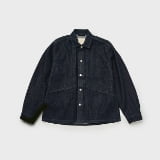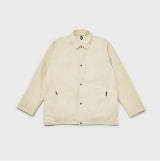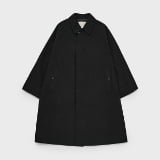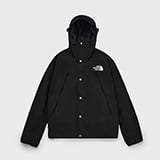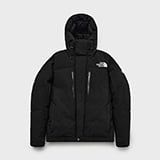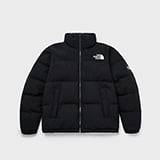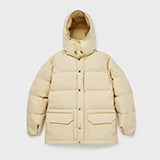Aki Inomata's solo exhibition at the Towada Art Center in Aomori Prefecture in 2019 was called "Significant Otherness."
Otherness. It is impossible even for us human beings to fully understand others, including family members. However, Aki does not give up and collaborates with hermit crabs, octopuses, bagworms, beavers, and other creatures with whom we cannot communicate, to create works of art. Language and different ways of thinking shouldn't be a barrier. By imagining things from their point of view, we can step outside the framework of the "other" (stranger) and recognize the value of each other's existence. Aki, who views all creatures equally, widens our perspective on things we had never seen or never attempted to see. For hundreds of years, humans have lived their lives thinking only of humans. This approach has led to the environment crisis which unfortunately, won't be easily solved. That is why the concept of "significant otherness" offers an important alternative. By recognizing each other and the diversity of our ways of thinking, it is a great opportunity to build a new connection (partnership) with all living creatures.
You came all the way from Tokyo to Spiber headquarters in Tsuruoka City, Yamagata Prefecture. Is it always a part of your production process to visit factories and talk to experts like this?
It is no exaggeration to say that 80% of my production is research. There are many things I can't understand about a subject of my interest, unless I actually visit the place, talk to the people who know about it. For example, my work Lines—Listening to the Growth Lines of Molluscan Shells (2015-2019) features clam shells from Fukushima. The shells have many lines, which are called "growth lines.'' They are like annual rings on a tree. We are all familiar with the dramatic scene that occurred in Tohoku in 2011, but what was it like from the perspective of the clams? How do they see the coast where ground improvement work continues? I created a work in which the growth lines are likened to the grooves on a vinyl record and can be listened to. I also collected clams with the researchers and learned a lot from them.
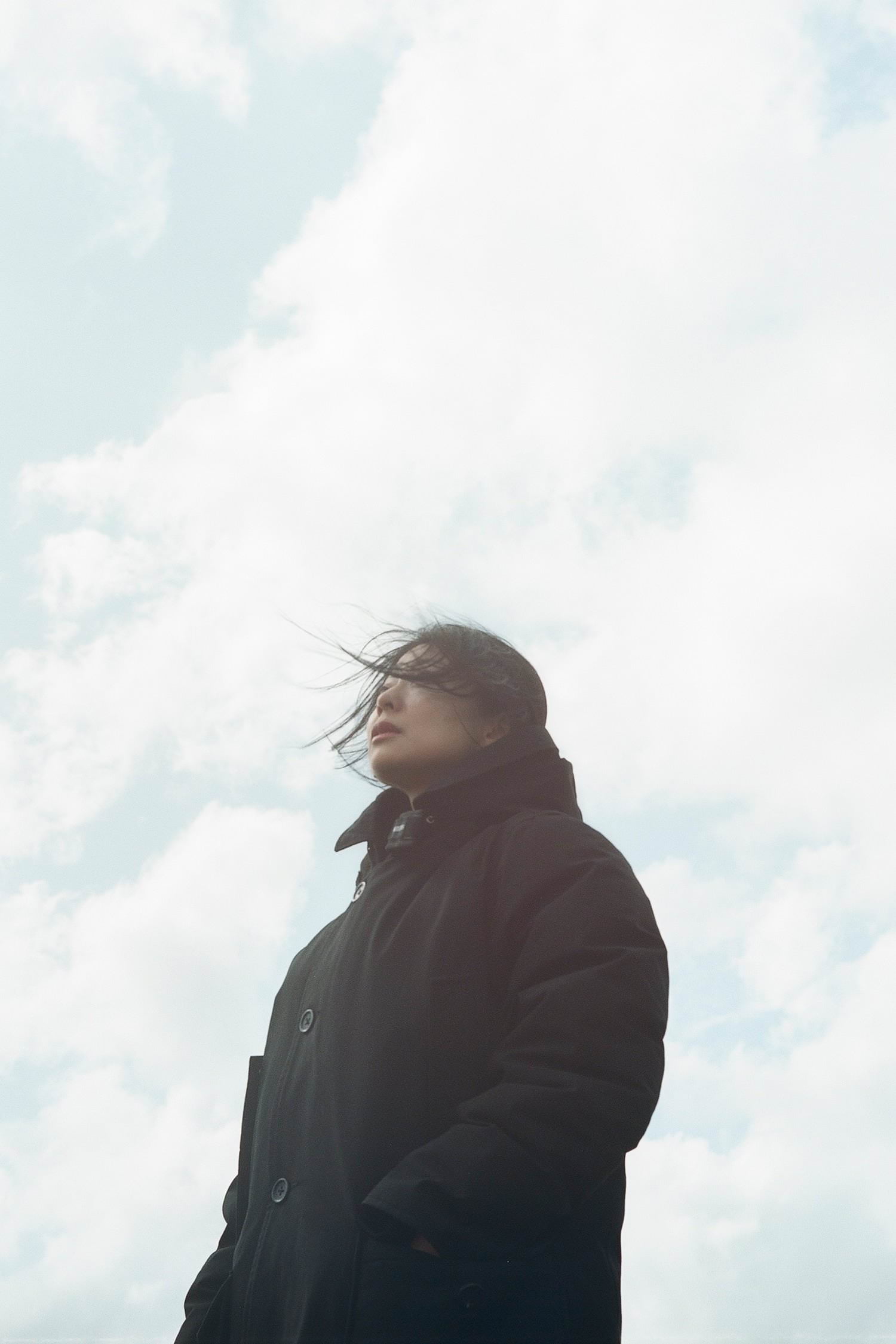

You are a person of action.
I am! I want to know as much as possible, and I was really curious about Brewed Protein™. What is it? What is artificial protein? When I actually saw the laboratory, especially the process of growing microorganisms from which artificial proteins are extracted, it was quite different from what I had imagined.

Even though they are microorganisms, they are proper organisms.
I was particularly impressed by the process of growing microorganisms by providing them with nutrients such as carbon dioxide, oxygen, and sugar water. When I was doing my preliminary research, I had imagined something a bit more mechanical, but it looked somewhat like growing yeast for making yogurt or bread.
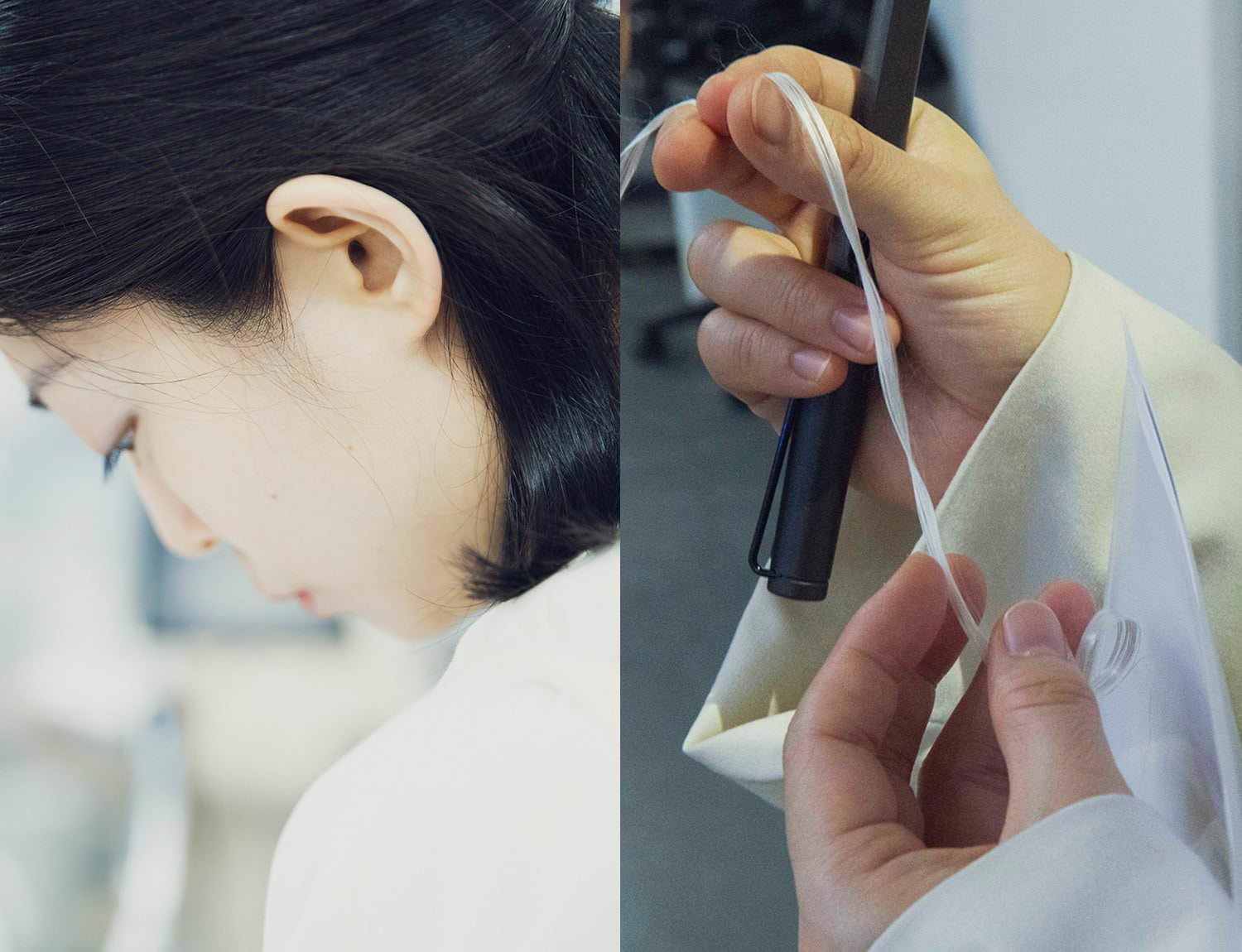
Your work process is collaborative: carving wood that beavers have gnawed on, giving scraps of clothes you have worn to bagworms so they can make their protective cases... Is there a connection between your definition of "collaboration" and the way Brewed Protein™ fibers are made?
My definition of collaboration is a little different: I borrow from the activities of living creatures, such as the beavers' habit of gnawing on trees. The way Brewed Protein™ fibers are made seem more like agriculture to me.
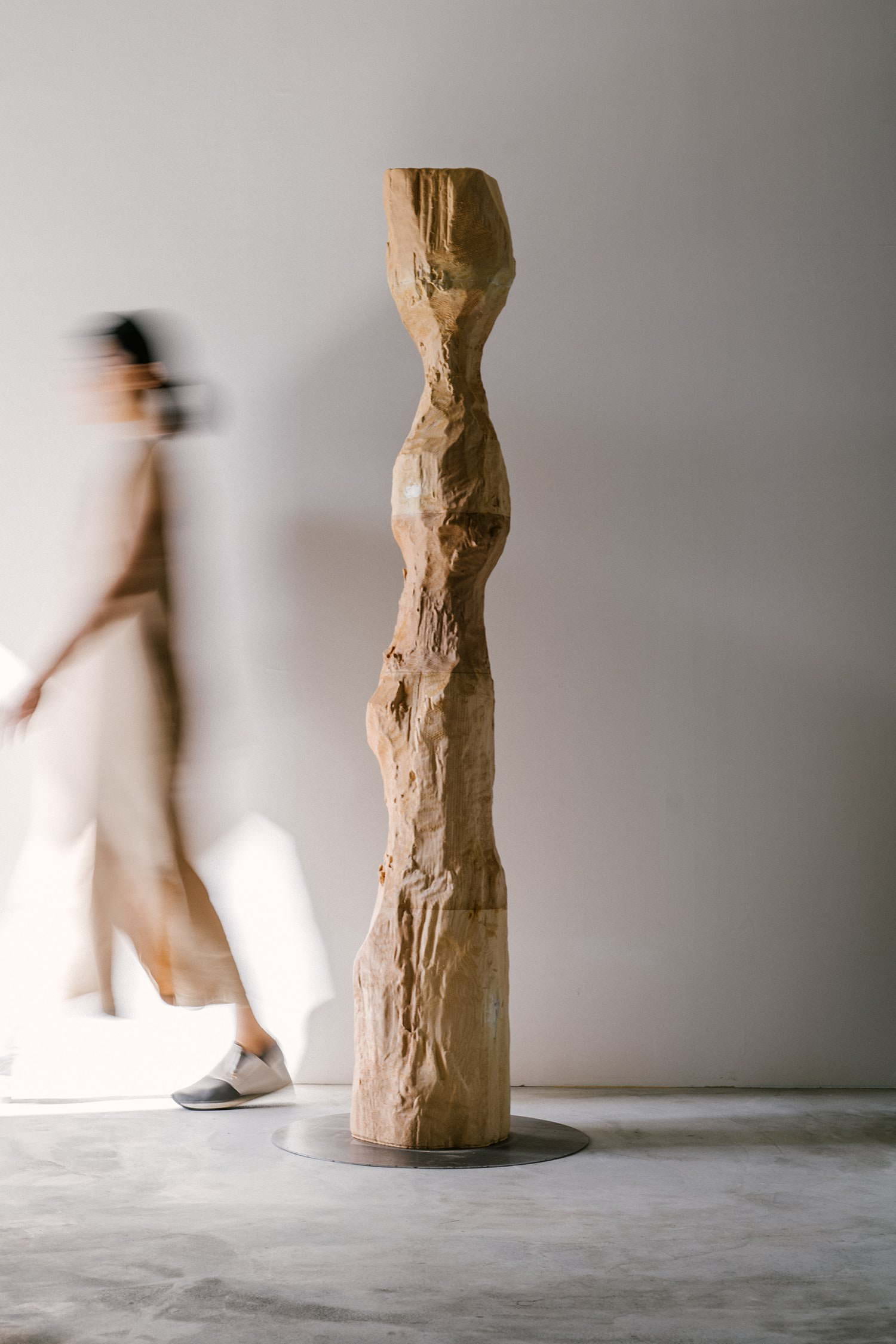
How to Curve a Sculpture (2018-) ©︎AKI INOMATA courtesy of Maho Kubota Gallery
Photo: Timothée Lambrecq
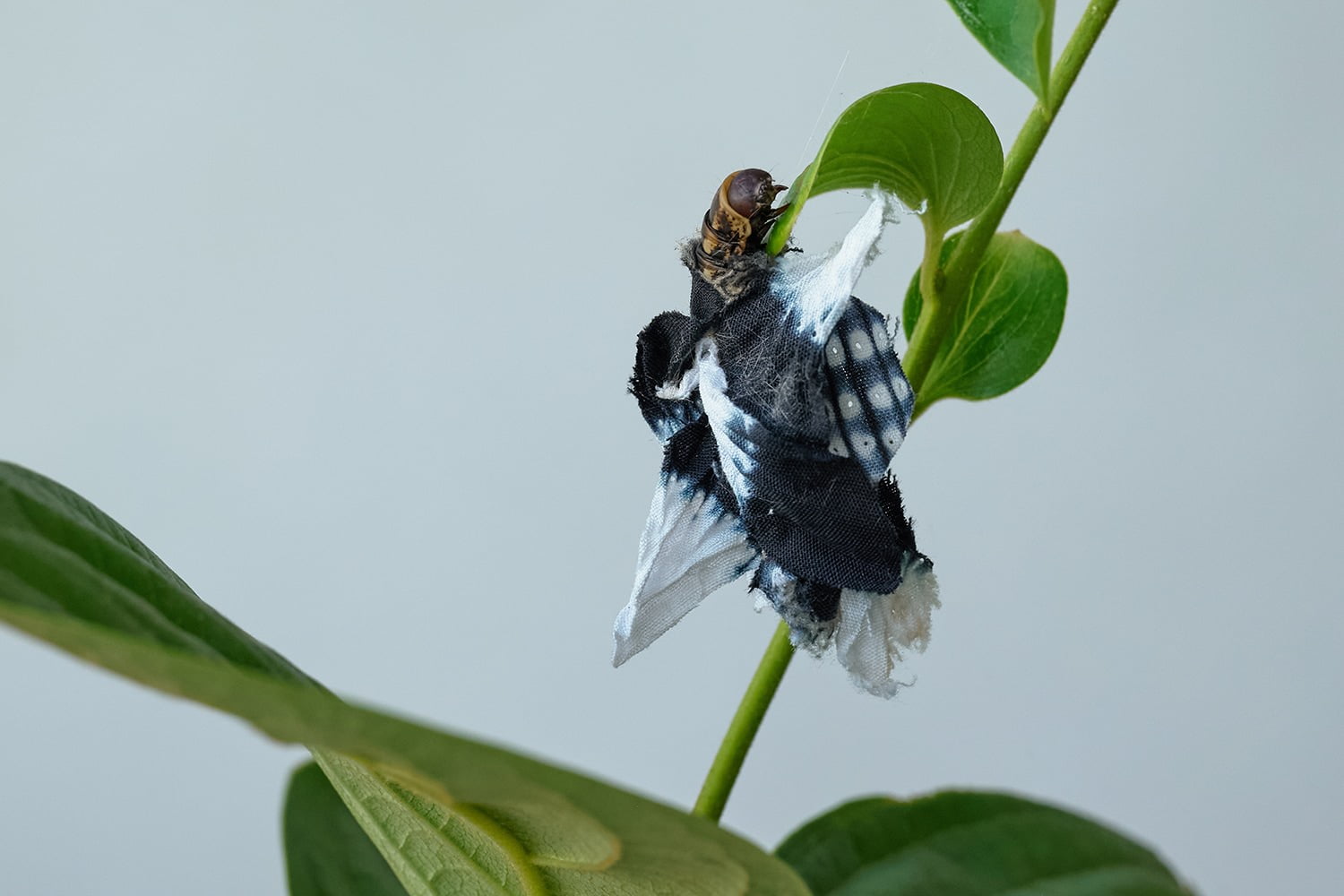
Passing her a piece of cloth (2022) ©︎AKI INOMATA courtesy of Maho Kubota Gallery
It is like Japanese radish: it grows as long as it has water and light.
Humans currently live their lives thinking only of humans: it's called anthropocentrism. I believe it's the main reason for the environmental crisis, and it influences all my practice. When we try to find a solution, we often come to the extreme conclusion that "it would be better if humans did not exist." But we have to live on this planet. In such a situation, I felt that Spiber is practicing an ecological relationship between clothing and the environment, and proposing a practical solution. On the other hand, as an artist, I only suggest directions. For example, I try to present things from non-human perspectives... Although my approach is different from that of Spiber, the beautiful world I imagine may be similar.
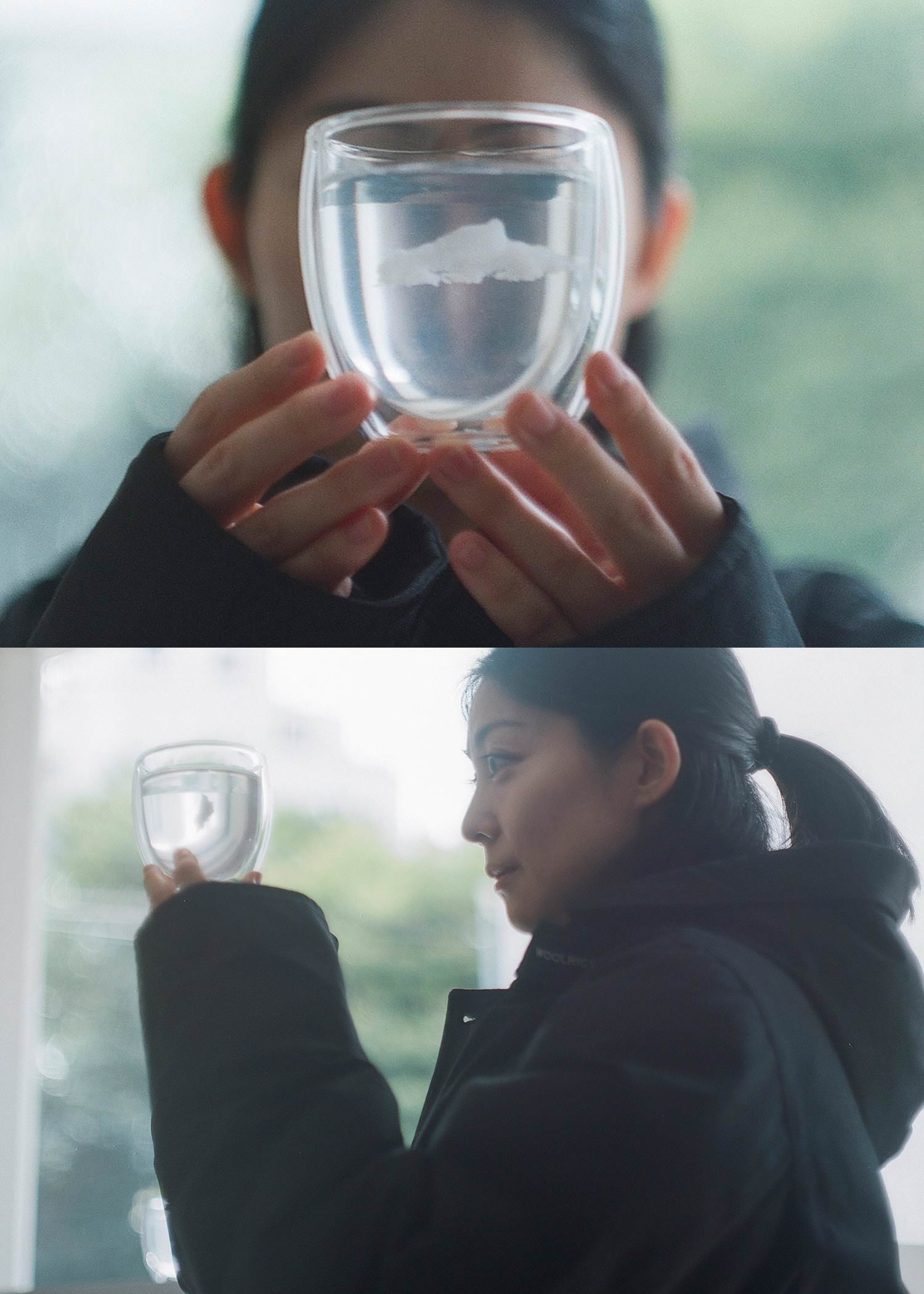
What do you think about the relationship between art and science?
Science and art were once separated, but today, issues beyond the framework of modern knowledge are emerging in the field of computer science, such as AI. This seems to reconnect art and science together. For my own practice, it is important to understand the ecology and behavior of all living creatures. This requires knowledge from the natural sciences.

I have the impression that you often use the words "why not" in the title of her works, such as Why Not Hand Over a ‘Shelter’ to Hermit Crabs. I thought that behind these words, you were experimenting in various ways.
I don't mean to sound like an "action-oriented" person, but I often don't know what to do next unless I experiment first. For example, I went to learn French with a parakeet, though it is unknown whether the parakeet can learn a language. Discoveries are made on the way. This leads to developing initial concepts, or to give up on them... Sometimes projects are even abandoned.
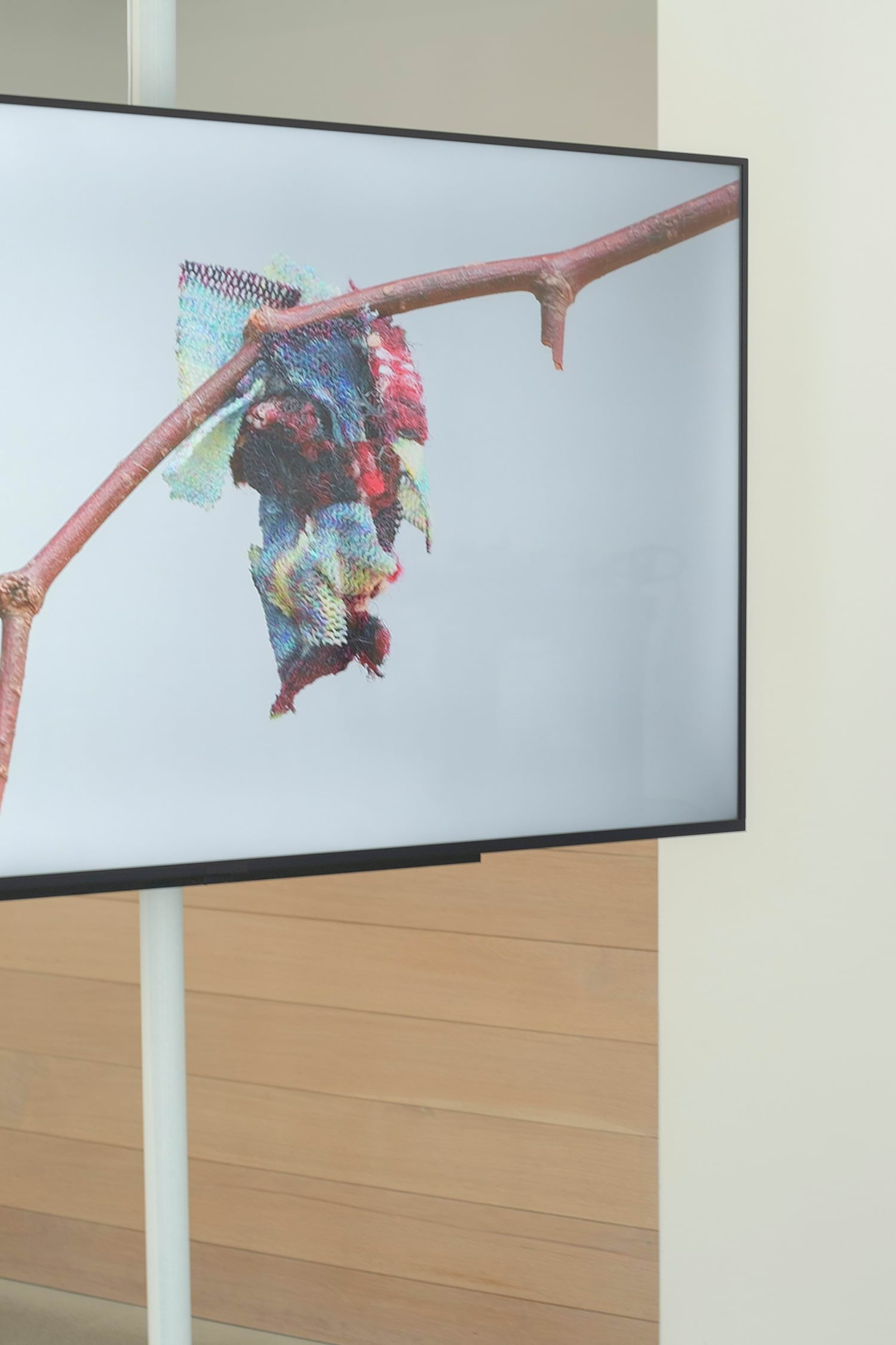
We can also learn from creatures that we cannot control.
I am often surprised by their unexpected creativity and learn things that are off the beaten track. For example, I made a sculpture series with beavers. As you know, beavers are animals that gnaw on wood. During the process of making the sculptures, I was collecting the wood that the beaver had gnawed on and discovered that there were mantis insects living in the wood. When you see these things, you can't help but feel the connection between individual creatures and the organism. As my imagination expands from there, I may have developed a habit of thinking of the relationships between various things not in terms of "dots" but in terms of "lines."

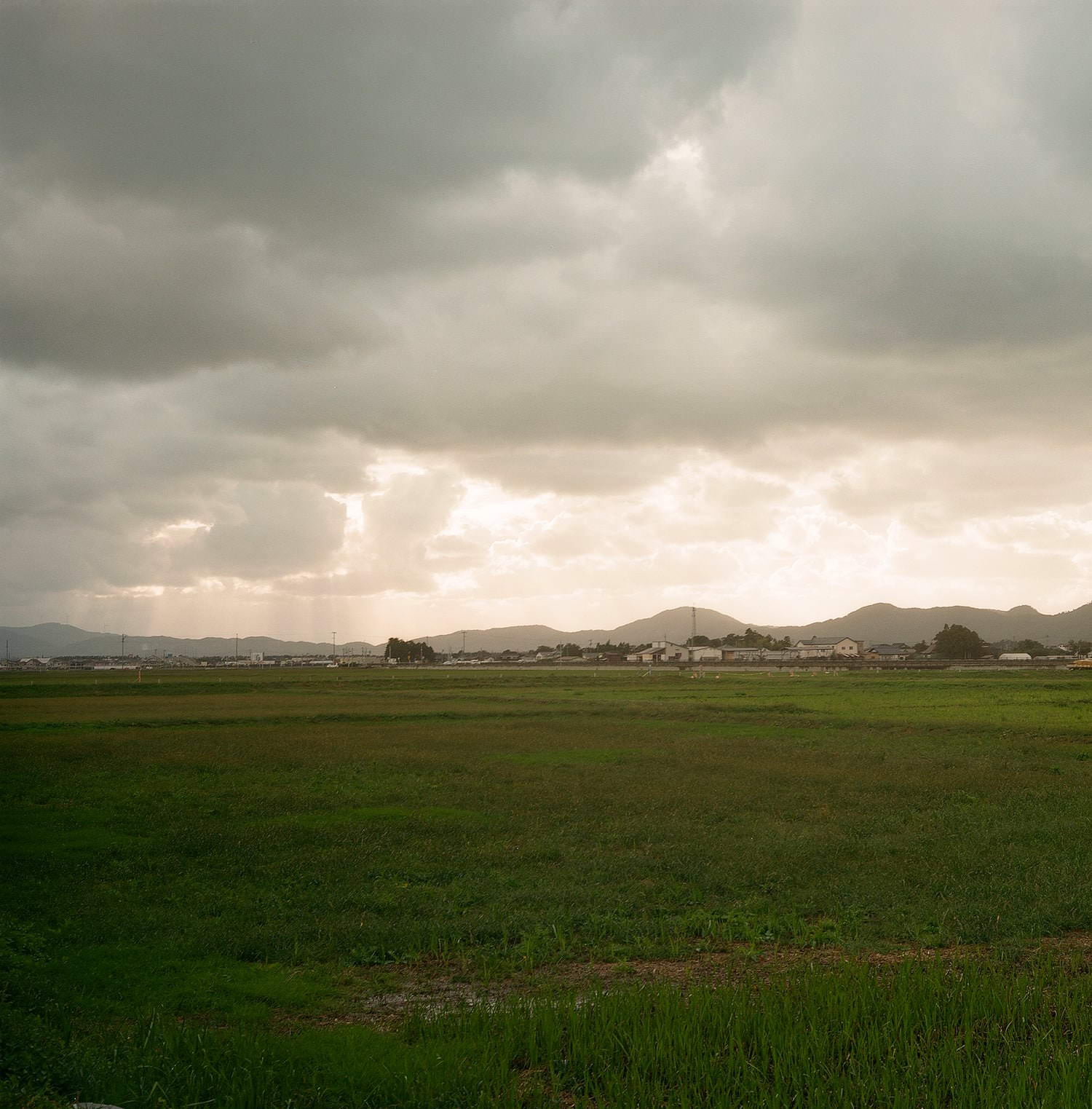
However, finding connections is difficult in today's information age. We live in an age of "cut-outs."
Even with such cut-outs, there are things that come into view through continuous observation. When I observe something for a long time, I often suddenly discover a connection between events. Humans live in a chain of such connections. I think this will remain a more realistic experience if each of us experience this through our own eyes and bodies, rather than through virtual experience. So it is good to observe one thing for 10 or 20 seconds, and imagine all the possible connections.
Coexistence with organisms other than ourselves. Humans also live in relationship to various living beings. For example, when we make clothes, we use cotton from plants and wool from sheep.
This may be a bit off topic, but my work Think Evolution #1: Kiku-ishi (Ammonite) was an experiment to give an octopus a reconstructed ammonite shell, since both their ancestors were the same. The result of this work is that the octopus liked the shell and lived in it. When I did that experiment, I wondered what it would be like if we replaced the octopus with a human being... In the process of evolution, the octopus has given up its shell in favor of ease of movement, and has chosen to live in a vulnerable, raw state. Humans, on the other hand, are vulnerable in a naked state and need to keep warm, and it is difficult for us to live naked. Therefore, we decided to borrow someone else's fur. I think that the act of wearing clothes is a tremendous step in evolution. Back when humans were wearing furs, supply and demand were well balanced. But now that the population has increased so much, how has our clothing habits evolved? I think I witnessed an event today that may be the answer to this question.

Contemporary artist born in Tokyo. Aki Inomata has created works through a process of collaboration with living creatures, such as the series Why Not Hand Over a 'Shelter' to Hermit Crabs? (2009-), in which Aki gave a hermit crab a 3D printed plastic shell and observed it moving into its new house, and I Wear the Dog’s Hair, and the Dog Wears My Hair (2014), in which Aki made coats out of her hair for a dog and out of the dog’s hair for herself, so that they could exchange coats. Aki was selected for the 15th Taro Okamoto Award for Contemporary Art in 2012, and won the Grand Prix at the YouFab Global Creative Awards in 2002 and the Asian Art Award 2018 Special Prize in 2006. Recent solo exhibitions include Aki Inomata: Significant Otherness (Towada Art Center, 2019-2020).

